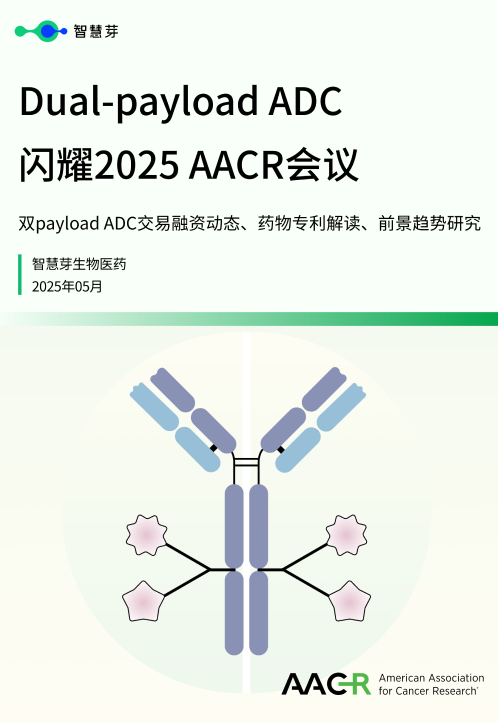预约演示
How Can Health System Leaders Collaborate Efficiently When Adopting New Tech?
2023-06-30
AHA会议
When a health system is considering rolling out a digital initiative or adopting a new technology, its C-suite leaders usually become involved in a circuitous decision-making process involving many stakeholders.
Health system executives discussed what these strategic conversations should ideally look like during a virtual panel Thursday, which was co-hosted by Matter and Avia. They stressed it is vital to assemble a diversified decision-making team and that leaders should prioritize addressing the organization’s challenges and opportunities rather than being captivated by flashy new products.
Along with the C-suite leaders who are typically present at these meetings, health systems should include several members of the IT team in its digital project planning, said Taylor Hamilton, chief consumer officer at Tennessee-based Ballad Health.
She said this might seem obvious because “everything digital will touch IT at some point,” but pointed out that not all health systems remember to include IT team members who specialize in different areas. For example, an IT leader who specializes in the health system’s scheduling infrastructure will have a different perspective than an IT leader who focuses on the EHR.
Another necessary voice is a legal and compliance leader, Hamilton declared. It’s important to involve this person in discussions far before signing any contracts or drawing up any implementation plans because they can prevent potential legal issues from becoming an expensive and/or time-consuming problem for the health system, she said.
Hamilton also pointed out that the significance of including clinicians in the decision-making process cannot be understated.
“I’m not clinical — I’ve been in healthcare my whole career, but I’m not a clinical person. It just brings a lot more credibility to the project when you have some sort of a clinical champion,” she explained.
Health systems need to incorporate the viewpoints of both physicians and nurses, Hamilton added. She pointed out that the majority of a health system’s employees are nurses — organizational leaders need to engage these employees so that they understand how new technology will fit into their workflows.
The C-suite would also benefit from asking nurse leaders which pain points they want to be addressed and which new technologies they think would be most helpful, Hamilton noted.
When various leaders are brought to the table, their personalities and priorities can sometimes clash. Additionally, there will always be some people who are more enthusiastic about adopting new technology than others. To remedy this, leaders should stay focused on their health system’s high-level organizational needs, said Paul Browne, CIO at Detroit-based Henry Ford Health.
“I have the most success working with partners who can articulate the opportunity or the challenge as opposed to the solution. I work best with folks who say ‘Here’s what we’re trying to solve for,’ or ‘Here’s an opportunity we want to go after,’ versus ‘I saw a thing from a vendor and I want you to implement this,’” he declared.
Browne also said that he works best with leaders “who can own their accountability.” For example, when drawing up implementation plans for a new digital tool, health systems often discover that their organization has a lot of unnecessary variation. In a situation like this, leaders should work to standardize the data points in their respective departments instead of ignoring the problem or hoping someone else can fix it, he said.
This type of responsibility and cooperation helps digital projects progress faster and more smoothly, Browne noted.
更多内容,请访问原始网站
文中所述内容并不反映新药情报库及其所属公司任何意见及观点,如有版权侵扰或错误之处,请及时联系我们,我们会在24小时内配合处理。
适应症
靶点
-药物
-Eureka LS:
全新生物医药AI Agent 覆盖科研全链路,让突破性发现快人一步
立即开始免费试用!
智慧芽新药情报库是智慧芽专为生命科学人士构建的基于AI的创新药情报平台,助您全方位提升您的研发与决策效率。
立即开始数据试用!
智慧芽新药库数据也通过智慧芽数据服务平台,以API或者数据包形式对外开放,助您更加充分利用智慧芽新药情报信息。



